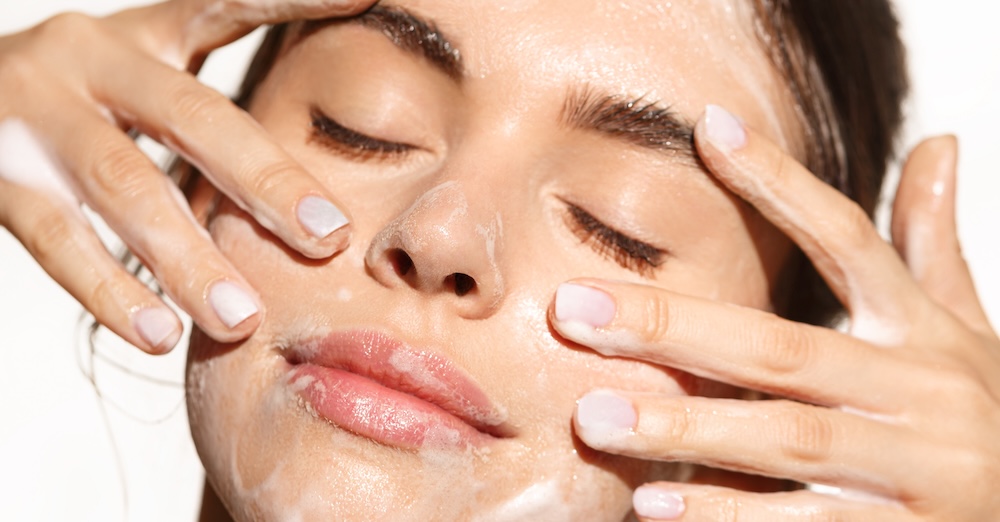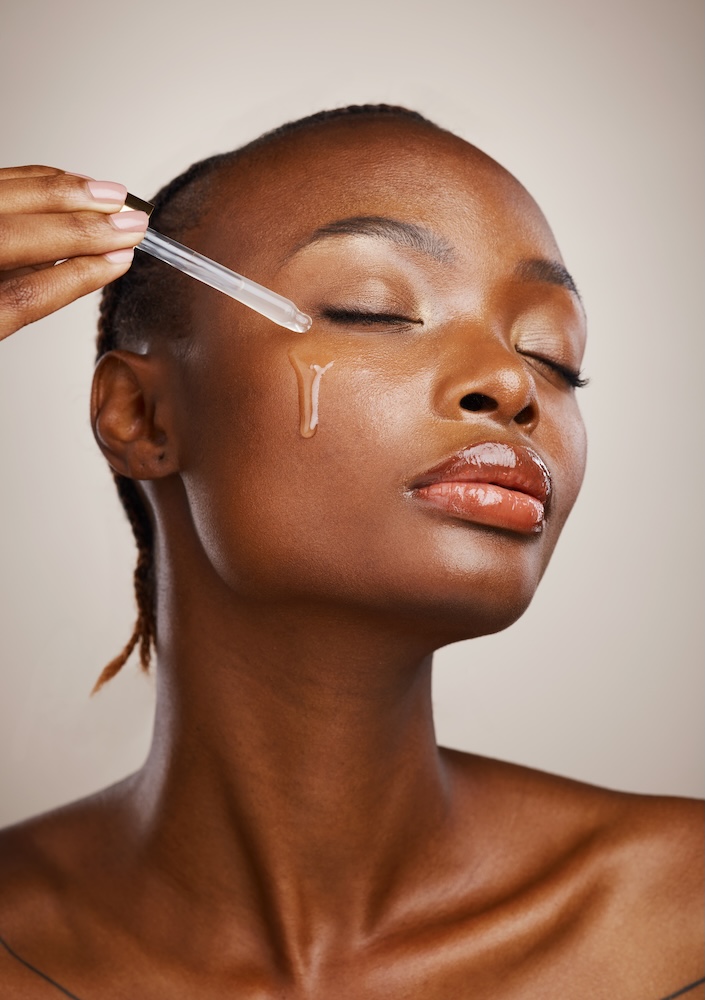As clients embrace a gentler, barrier-focused approach to skincare, experts explain why maintaining a balanced skin microbiome is essential for healthy, resilient skin
Consumers are becoming increasingly educated about and invested in their skin health, and there’s been a recent trend towards a “less is more” approach involving gentle, restorative and hydrating ingredients and treatments.
One particular aspect of skin health that has seen increased attention is the skin’s microbiome.
What is the skin microbiome?
A microbiome is a community of microorganisms (also called microflora or microbiota) living in a particular area. In terms of the skin microbiome, these trillions of tiny microorganisms – consisting of bacteria, fungi and viruses – live in the stratum corneum layer of the epidermis.
The constitution of the microbiome can change depending where it is on the body, and in response to external factors.
Be Loasby-Smith, skin educator and owner of The Academy @ The Mill explains, “Some microbiotas exist in moist areas like on the soles of your feet or areas where the body creases, like your inner elbow or behind the knee. Other microbiotas thrive better in drier or sebaceous places on the body.
“Surprisingly, the skin microbiome you have from birth also depends on whether you were born by c-section or vaginally, but as we grow that microbiome is affected by genes, diet, lifestyle choices, environment, exposure to UV light and air pollution.”
How the microbiome shapes skin health
While having lots of tiny organisms living on our skin sounds pretty unappealing, they actually play a crucial role in skin health.
A balanced skin microbiome is a key component in the skin barrier, helping to prevent the penetration of pathogens and germs and assisting in maintaining hydration, pH levels and overall skin integrity. The microbiome also supports the skin’s immune system and regulates structural and cellular inflammation.
Everyone’s microbiome is unique, and all microbiotas play a part. However, not all of them are good and sometimes the skin microbiome can become unbalanced.
Loasby-Smith says, “We have what’s known as the ‘good’ bacteria, or core microbiota, as these are routinely found in the skin from a young age and are pretty stable. Good bacteria such as staphylococcus epidermis and roseomonas mucosa contribute to immune defense and prevent the buildup of ‘bad’ bacteria within the skin.
“However, this core microflora can change due to hormonal, environmental and lifestyle changes, and this is when the bad guys can move in! If there is an overgrowth of unhealthy bacteria such as staphylococcus aureus, it can throw the epidermis and microbiome off balance and result in dryness, itching and redness, and even conditions like eczema.”
“The issues arise when there’s an imbalance and we get overgrowth of particular microbes that can lead to unwanted conditions,” adds Victoria Evans, education manager at Dermalogica UK. “In skin, a good example is with acne, where we get an overgrowth of C. acnes bacteria that leads to inflammatory papule and pustule development.”

What causes an imbalanced microbiome?
Several factors can lead to the skin’s microbiome becoming unbalanced. Tracy Tamaris, co-founder of IIAA, UK distributor of skincare brand Environ, says common causes include:
- Antibiotics – although useful in other ways, antibiotics can unintentionally cause an imbalance in the skin microbiome by killing both harmful and beneficial bacteria.
- Harsh cleansers – strong soaps or cleansers strip away the skin’s natural oils and remove both harmful and beneficial bacteria.
- Overuse of skincare products – using too many products or using them too frequently can disrupt the skin microbiome.
- Poor diet and lifestyle – unhealthy dietary and lifestyle choices, such as consuming excessive amounts of processed sugar or smoking, can negatively impact the skin microbiome. Other lifestyle factors include chronic stress, and lack of hydration and sleep.
- Environmental factors – pollution, UV radiation and extreme temperatures are stressors that can alter the composition and diversity of the microbial community on the skin’s surface.
Feeding and protecting the microbiome
With so many factors affecting the health of the microbiome, it’s important to take care of it ourselves. Dr Des Fernandes, founder and scientific director at Environ, explains, “The skin presents very little food for microorganisms; it mainly provides lipids, very few carbohydrates, and an acidic or high-salt environment.
“The skin is generally not all that friendly to bacteria, but some have adapted to this harsh climate and become commensals – an organism that uses food supplied in the internal or external environment of the host without establishing a close association with the host. This is why it is important to feed the microbiome.”
There are plenty of microbiome-friendly skincare ingredients to look out for. Prebiotics act as food for bacteria, stimulating the growth of good bacteria, which can in turn keep the bad bacteria under control.
There are also probiotics, which are the live strain of good bacteria. However, Evans says, “True probiotics are not typically found in skincare products because the same preservatives that give products their shelf life and prevent bacterial contamination will kill the probiotics themselves. Because of this, topical products typically contain prebiotics instead.”

Ingredients that support a healthy microbiome
Hydrating products containing ingredients that are rich in hyaluronic acid, peptides and ceramides not only help to prevent dryness and water loss, they also help to support the microbiome for optimal functioning.
Free radical damage can also stimulate the growth of bad bacteria, so antioxidant ingredients such as vitamin C and ferulic acid are beneficial for the microbiome too.
Ingredients to avoid when prioritising the microbiome include preservatives, surfactants, essential oils and fragrance, which can have a more alkaline pH.
Treatment considerations for professionals
When it comes to treatments, Loasby-Smith says, “Any aggressive or overly invasive skin treatment can have the potential to dry the skin out, strip the skin barrier or cause too much cell desquamation, which will impact the overall balance of the microbiome.
“Any beauty or aesthetic treatment that increases hydration, lipid content and balances the skin barrier is also going to support the skin’s microbiome. If a client is receiving a more intensive treatment, the practitioner must make sure they are using an adequate homecare routine to prepare the skin and heal it after treatment.”
The foundation of every skin goal
Helping clients to achieve and maintain a healthy microbiome is an important step in achieving any other skin goals they may have.
“Skin professionals and practitioners understand the solution to healthy skin is a protective, healthy skin barrier,” comments Loasby-Smith.
“Maintaining a well-balanced microbiome is the key to this and only once the client has a healthy, well-functioning skin barrier can we start effectively treat other skin concerns. As we all know, being preventative is much easier than being corrective with any skin concern.”




